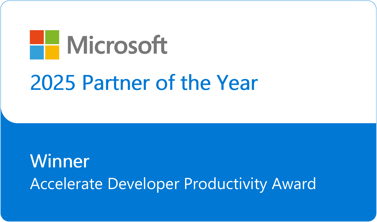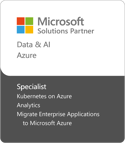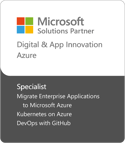Part 1, The Innovation Imperative — Why Modernization Can’t Wait
This topic introduces the core challenges organizations face today: legacy systems, fragmented tooling, skills gaps, and a lack of standardization. These issues not only slow innovation but also diminish return on investment. The post outlines the modernization dilemma—where to begin and how to scale—and emphasizes the cost of inaction, including business risk and missed opportunities. It concludes by introducing Elevate as a strategic solution to drive transformation.
Part 2, From Chaos to Clarity — Portfolio Management and Workload Prioritization
Where do we start? This post focuses on how Elevate helps organizations inventory, assess, and prioritize workloads using both business and technical context. It highlights automated workload scoring, quadrant mapping, and the balance between business value and modernization potential. Integration with tools like CloudPilot, Movere, and Excel enables a data-driven approach to decision-making.
Part 3, Engineering the Future — Platform Engineering and Template-Driven Delivery
Hard not to talk about platform engineering or PE. In this 3rd series post, we dive into the role of platform engineering in reducing risk and accelerating delivery. It explores the use of standardized templates—such as APIs, Regional Hubs, Function App, and Cosmos—and how these are delivered through self-service developer portals. The post also emphasizes the importance of built-in governance, compliance, and visibility to ensure scalable and secure deployments.
Part 4, Assisted Engineering and Developer Experience — From Idea to Execution
Learn how to assisted engineering accelerates architecture design, backlog generation, and modernization planning. It details workflows and outputs that support developers, along with features like code libraries, UI templates, and data catalogs within the developer portal. The post also touches on the power of inner source and community-driven innovation to foster collaboration and reuse.
Part 5, GenAI and the Next Frontier — Scaling Innovation with AI-Driven Templates
This final post, explores how Elevate supports GenAI adoption. It covers curated templates, use case generation, and lifecycle standardization, enabling organizations to move from proof of concept to production with governance and cost control. The post includes examples of GenAI architecture templates, such as Retrieval-Augmented Generation (RAG) and fine-tuned models, and discusses how use case ideation and prioritization can be tailored by industry.









